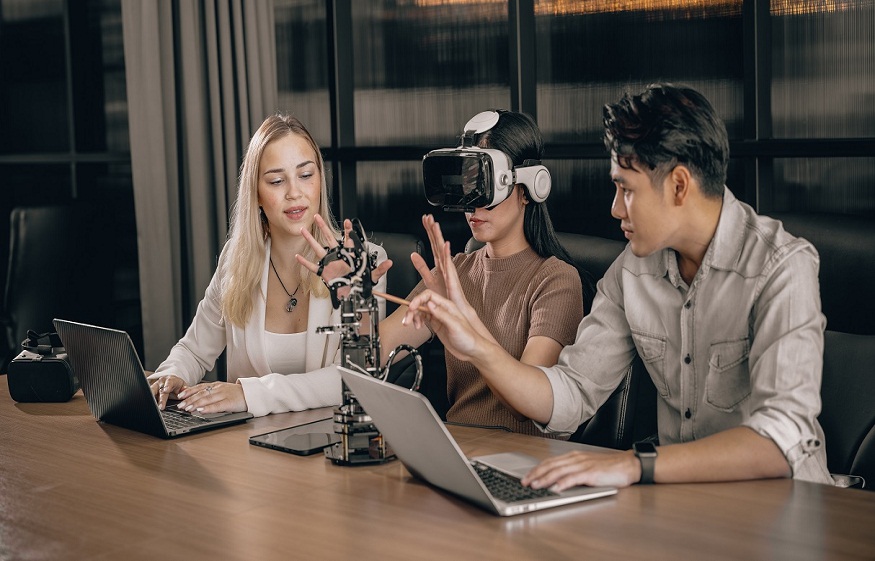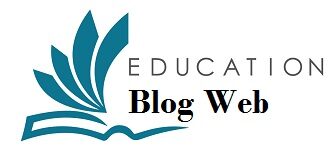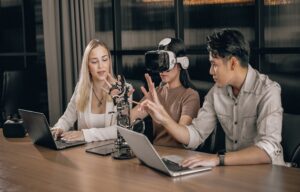The Rise of Extended Reality (XR) in Education: Merging Physical and Virtual Worlds

In recent years, Extended Reality (XR)—an umbrella term encompassing Virtual Reality (VR), Augmented Reality (AR), and Mixed Reality (MR)—has emerged as a transformative force in various sectors, notably education. By blending physical and virtual environments, XR offers immersive learning experiences that have the potential to revolutionise traditional educational paradigms.
Understanding Extended Reality (XR)
Extended Reality refers to all real-and-virtual combined environments and human-machine interactions generated by computer technology and wearables. It includes:
- Virtual Reality (VR): Fully immersive experiences where users are transported to a computer-generated environment, often requiring VR headsets.
- Augmented Reality (AR): Overlays digital information onto the real world, enhancing users’ perception of their environment through devices like smartphones or AR glasses.
- Mixed Reality (MR): Combines elements of both VR and AR, allowing accurate and virtual objects to interact in real time.
Immersive Learning Experiences
One of the most significant advantages of XR in education is its ability to create immersive learning experiences. By simulating real-world scenarios or abstract concepts, XR enables students to engage with the material more effectively and meaningfully. For example, VR can transport students to historical events or distant planets, providing experiential learning that traditional textbooks cannot offer.
Similarly, AR can bring static images to life; a biology textbook can transform into a 3D exploration of the human body, allowing students to visualise and interact with anatomical structures. Such immersive experiences cater to various learning styles and have been shown to enhance knowledge retention and understanding.
Skill Development and Practical Training
XR technologies are particularly beneficial in vocational and technical education, where hands-on practice is essential. For instance, medical students can perform virtual surgeries, gaining confidence and proficiency without the risks associated with real-life procedures. Engineering students can manipulate complex machinery in a virtual environment, allowing them to understand intricate systems without physical constraints. This approach enhances practical skills and reduces the costs and logistical challenges of setting up physical training facilities.
Accessibility and Inclusivity
XR has the potential to make education more accessible and inclusive. Students with disabilities can benefit from customised XR experiences tailored to their needs. For example, VR can create controlled environments for students with autism, helping them develop social skills at their own pace. AR can assist visually impaired students by providing audio descriptions of visual content. By accommodating diverse learning requirements, XR fosters an inclusive educational environment where all students have the opportunity to succeed.
Challenges and Considerations
Despite its numerous benefits, integrating XR into education presents specific challenges:
- Cost and Infrastructure: Implementing XR technologies requires significant hardware, software, and infrastructure investment. Schools must ensure they have the necessary resources and support systems in place.
- Teacher Training: Educators need proper training to incorporate XR into their teaching methods effectively. Professional development programmes are essential to equip teachers with the skills to utilise these technologies.
- Content Development: Developing high-quality XR educational content requires collaboration between educators, developers, and subject matter experts. Ensuring the content aligns with curriculum standards is crucial.
- Ethical and Safety Concerns: Prolonged use of XR devices can have health implications, such as eye strain or motion sickness. Additionally, safeguarding student data and privacy within XR platforms is critical.
Implementing XR in the Classroom
To effectively integrate XR into educational settings, schools can consider the following strategies:
- Pilot Programmes: Start with small-scale implementations to assess the effectiveness of XR tools and gather feedback from students and teachers.
- Collaborations: Partner with technology providers, such as Go Education, to access the latest XR tools and receive support in implementation.
- Curriculum Integration: Ensure XR activities are aligned with learning objectives and seamlessly integrated into the curriculum rather than used as standalone experiences.
- Continuous Evaluation: Regularly assess the impact of XR on student learning outcomes and make necessary adjustments to maximise benefits.
Future Prospects
The future of XR in education is promising, with ongoing advancements making the technology more accessible and affordable. As XR becomes more integrated into mainstream education, it is expected to:
- Enhance Remote Learning: XR can bridge the gap between in-person and remote education by creating virtual classrooms where students can interact in real time, irrespective of their physical location.
- Facilitate Lifelong Learning: XR offers continuous skill development and professional training opportunities, allowing individuals to upskill or reskill in immersive environments.
- Promote Global Collaboration: Students from around the world can collaborate in virtual spaces, fostering cultural exchange and global perspectives.
Conclusion
Extended Reality is poised to transform education by merging physical and virtual worlds, offering immersive, interactive, and personalised learning experiences. While challenges exist, strategic implementation and collaboration with experienced providers like Go Education can help schools harness the full potential of XR technologies. As we move forward, embracing XR in education will be key to preparing students for the dynamic and technologically advanced world they will inhabit.






